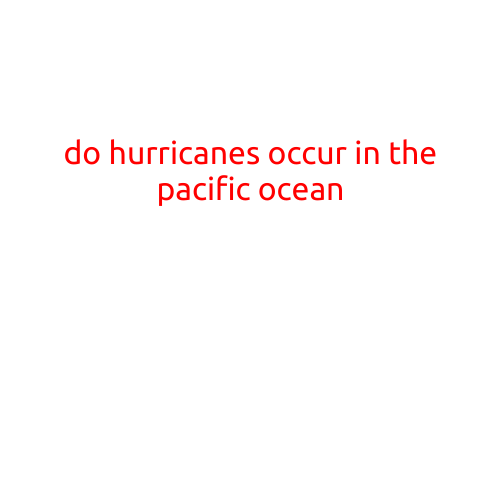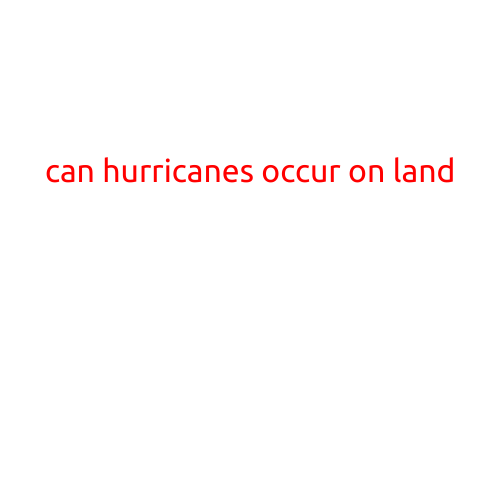
Do Hurricanes Only Happen in the Atlantic Ocean?
When we think of hurricanes, many of us automatically associate them with the Atlantic Ocean, particularly the coastal regions of the eastern United States, the Gulf of Mexico, and the Caribbean. It’s true that the Atlantic is a hotbed of hurricane activity, but it’s not the only body of water where these powerful storms form. In fact, hurricanes can occur in several other oceans around the world.
The Basics of Hurricane Formation
Hurricanes are powerful tropical cyclones that form over warm ocean waters when the atmospheric conditions are just right. They need a combination of factors to develop, including:
- Warm sea surface temperatures (at least 26.5°C or 80°F)
- Moisture-rich air
- Low atmospheric pressure
- Wind shear (gentle winds aloft)
- A pre-existing weather disturbance, such as a tropical wave or low-pressure system
Hurricanes in Other Oceans
While the Atlantic Ocean is certainly a hub for hurricane activity, other oceans are also prone to these storms. Here are a few examples:
- Pacific Ocean: Hurricanes in the Pacific are often referred to as “typhoons.” They frequently affect countries like Japan, the Philippines, and Taiwan. The western Pacific is particularly active during the summer months.
- Indian Ocean: The Indian Ocean is home to its own unique brand of hurricanes, known as “cyclones.” These storms typically affect countries in Southeast Asia, such as India, Bangladesh, and Indonesia.
- Southern Ocean: Also known as the “Roaring Forties,” the southernmost part of the Atlantic, Indian, and Pacific Oceans is prone to intense storms that can develop into hurricanes. These storms often affect countries like Australia, South Africa, and South America.
- Northwest Pacific: This region, bounded by Japan, Russia, and North America, is another hotspot for hurricane activity. These storms often affect countries like Japan, China, and the Philippines.
Key Differences
While hurricanes in different oceans share many similarities, there are some key differences to note:
- Location: Hurricanes in the Atlantic and eastern Pacific tend to be more destructive due to the proximity to heavily populated areas.
- Intensity: Hurricanes in the Pacific and Indian oceans can be just as intense, but they may not be as long-lived or impact regions with such high population densities.
- Seasonality: The timing of hurricane seasons varies by ocean, with the Atlantic and eastern Pacific experiencing peak activity during the summer and early fall, while the western Pacific and Indian oceans tend to be more active during the summer and fall.
- Track: Hurricanes in different oceans may take different paths, affecting different regions and populations.
Conclusion
In conclusion, hurricanes do not only occur in the Atlantic Ocean. While it’s true that this ocean is a major hotspot for hurricane activity, other oceans around the world are also prone to these powerful storms. Understanding the formation and characteristics of hurricanes in different oceans is crucial for predicting and preparing for their impact on communities worldwide.





